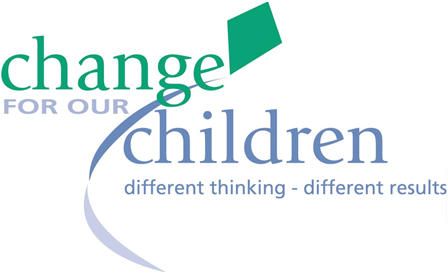Breastfeeding and Infant Arousal
Question
"Breastfeeding babies strengthens their drive to breathe." I presume this is evidence/research based. I was looking for references at the end of this presentation but didn't find one there. Don't get me wrong, I am a lactation consultant and believe breastfeeding is essential for every imaginable aspect in relation to babies health!! I thought that when I attended the safe sleep workshops in Christchurch some years ago there was not a lot of strong research pinpointing to breastfeeding being vital in preventing SUDI. No doubt there will be more questions my peers will be asking…
Response
Breastfeeding is a life protecting practice despite its 'on again' / 'off again' relationship with SIDS/SUDI. The German study below provides evidence of a protective association and the Horne article provides evidence of the protective effect on infant arousal.
Re breastfeeding, the German study (abstract below) is the latest and strongest support for an association between breastfeeding and protection from SIDS.
As to impact on arousal, the reference on slide 6 is evidence of the impact of not breastfeeding on suppressed arousal (Horne R, Paediatr Child Health Vol 11 Suppl A 2006).
A link to the Horne article as part of an excellent supplement on bedsharing (varied perspectives) can be reached by this link http://www.pulsus.com/journals/JnlSupToc.jsp?sCurrPg=journal&jnlKy=5&supKy=363 if you are interested. This supplement was very helpful for us in trying to navigate the bed sharing controversy.
Just as a word of support for you when there are those wanting a lot of details and evidence and background, the 'Baby Essentials' presentation is based on the top layer evidence about which there is no argument and the blitz is to act on that top level info, milk it for all it is worth and resist being drawn into side issues until we have every baby face up, face clear smokefree every sleep. It is highly likely that the side issues will disappear when we have the main things happening for every baby, every sleep.
Article
Does Breastfeeding Reduce the Risk of Sudden Infant Death Syndrome?
M.M. Vennemann, MD, MPH, PDa, T. Bajanowski, MD, PDb, B. Brinkmann, MD, PDa, G. Jorch, MD, PDc, K. Yücesan, MDa, C. Sauerland, MScd, E.A. Mitchell, FRACP, DSce and the GeSID Study Group
a Institute of Legal Medicine
d Department of Medical Informatics and Biomathematics, University of Münster, Münster, Germany
b Institute of Legal Medicine, University of Duisburg-Essen, Duisburg, Germany
c Department of Paediatrics, University of Magdeburg, Magdeburg, Germany
e Department of Paediatrics, University of Auckland, Auckland, New Zealand
BACKGROUND. In the last 20 years, the prevention campaigns to reduce the risk of sudden infant death syndrome were very successful. In some countries the advice to breastfeed is included in the campaigns' messages, but in other countries it is not.
OBJECTIVE. To examine the association between type of infant feeding and sudden infant death syndrome.
METHODS. The German Study of Sudden Infant Death is a case-control study of 333 infants who died of sudden infant death syndrome and 998 age-matched controls.
RESULTS. A total of 49.6% of cases and 82.9% of controls were breastfed at 2 weeks of age. Exclusive breastfeeding at 1 month of age halved the risk, partial breastfeeding at the age of 1 month also reduced the risk of sudden infant death syndrome, but after adjustment this risk was not significant. Being exclusively breastfed in the last month of life/before the interview reduced the risk, as did being partially breastfed. Breastfeeding survival curves showed that both partial breastfeeding and exclusive breastfeeding were associated with a reduced risk of sudden infant death syndrome.
CONCLUSIONS. This study shows that breastfeeding reduced the risk of sudden infant death syndrome by ~50% at all ages throughout infancy. We recommend including the advice to breastfeed through 6 months of age in sudden infant death syndrome risk-reduction messages.

